Articles > Geography
Think you know your lakes enough to try the 100 Largest World Lakes quiz? You’ll need these 10 to start out.
1. Caspian Sea – 436,000 sq km

Although often called a sea, the Caspian Sea is technically the world’s largest lake, covering 436,000 square kilometers. Located between Europe and Asia, it borders countries like Russia, Kazakhstan, and Iran. The Caspian is saline due to limited freshwater inflows and its ancient connection to the world’s oceans. Rich in biodiversity, it hosts species like the Caspian seal and sturgeon, crucial for caviar production. This vast lake is a hub for trade, fishing, and energy resources, with significant oil and natural gas reserves under its floor.
2. Lake Superior – 82,103 sq km
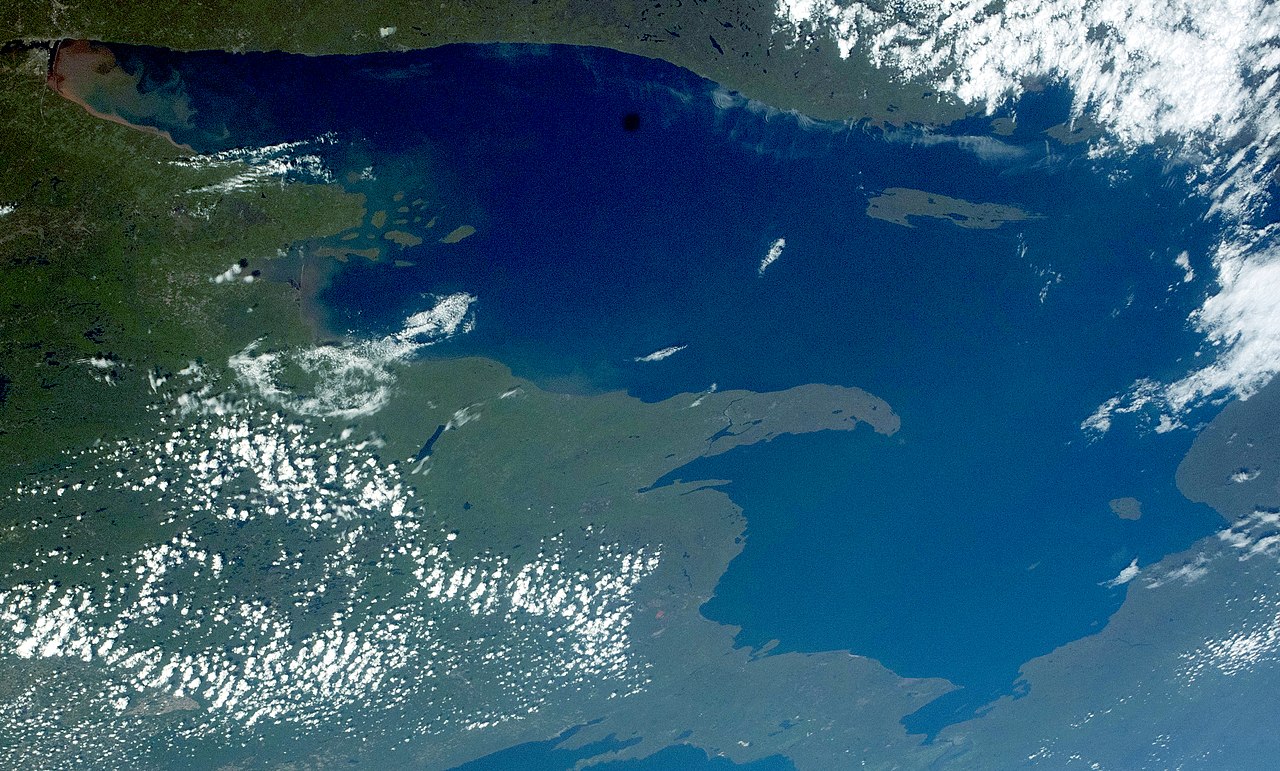
Lake Superior, the largest of North America’s Great Lakes, spans 82,103 square kilometers. Situated between the United States and Canada, it holds more water than any other freshwater lake by surface area. Known for its clear, cold waters, Lake Superior has diverse ecosystems, including forests and wetlands that support fish species like lake trout and whitefish. The lake is popular for tourism, with activities like fishing, kayaking, and exploring the rocky coastlines. The lake’s size and depth also contribute to its temperamental weather, known to create powerful storms.
3. Lake Victoria – 68,798 sq km
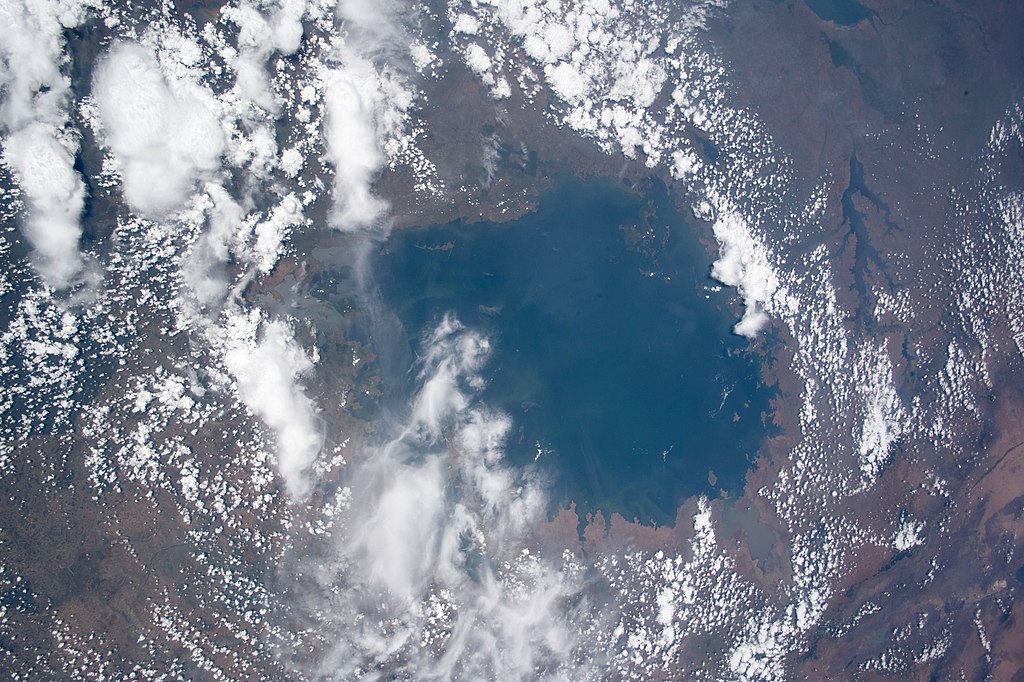
Lake Victoria, Africa’s largest lake, spans 68,798 square kilometers and is bordered by Tanzania, Uganda, and Kenya. It is a vital resource for millions of people, providing water, fishing, and agriculture opportunities. The lake supports rich biodiversity, though it has faced ecological challenges due to pollution, invasive species like the Nile perch, and climate change. The lake is also the primary source of the Nile River, supporting diverse communities and a variety of fish species, including the indigenous cichlids that attract scientific and tourist interest.
4. Lake Huron – 59,596 sq km

Lake Huron, covering 59,596 square kilometers, is the second-largest of North America’s Great Lakes by surface area and separates Michigan in the United States from Ontario in Canada. It features a highly irregular coastline with many bays, inlets, and the famous Georgian Bay. Known for its sandy shores and crystal-clear water, Lake Huron is a popular destination for boating and fishing. The lake also includes Manitoulin Island, the world’s largest freshwater island, further enhancing its unique ecological and geographical significance.
5. Lake Michigan – 58,016 sq km

Lake Michigan is the only one of the Great Lakes located entirely within the United States, covering 58,016 square kilometers. Bordered by Michigan, Indiana, Illinois, and Wisconsin, the lake is known for its sandy beaches, dunes, and vibrant ecosystems. Its shores are home to large cities like Chicago and Milwaukee, where the lake is central to the region’s economy and recreation. Lake Michigan supports commercial and recreational fishing, as well as diverse wildlife and freshwater ecosystems unique to the Midwest.
6. Lake Tanganyika – 32,000 sq km
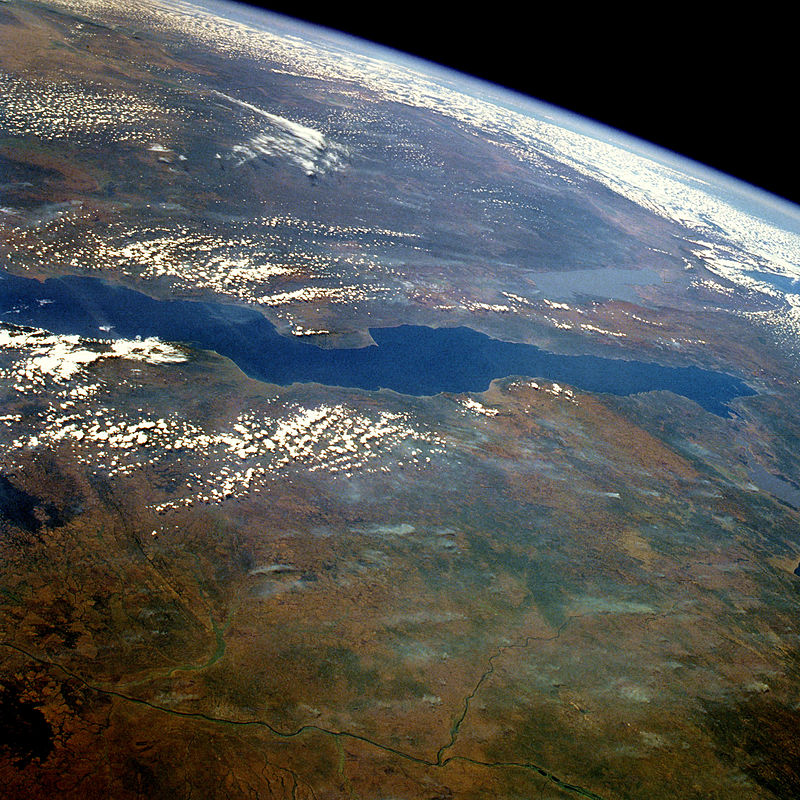
Lake Tanganyika is one of Africa’s Great Lakes, spanning 32,000 square kilometers and bordered by Tanzania, the Democratic Republic of the Congo, Burundi, and Zambia. Notably deep, it holds a vast volume of water and contains many endemic species of fish, making it a hotspot for biodiversity. Lake Tanganyika is a crucial source of food and livelihood for local communities through fishing. Despite its natural beauty, the lake faces environmental threats from deforestation, pollution, and overfishing, impacting its rich ecosystem.
7. Lake Baikal – 31,494 sq km
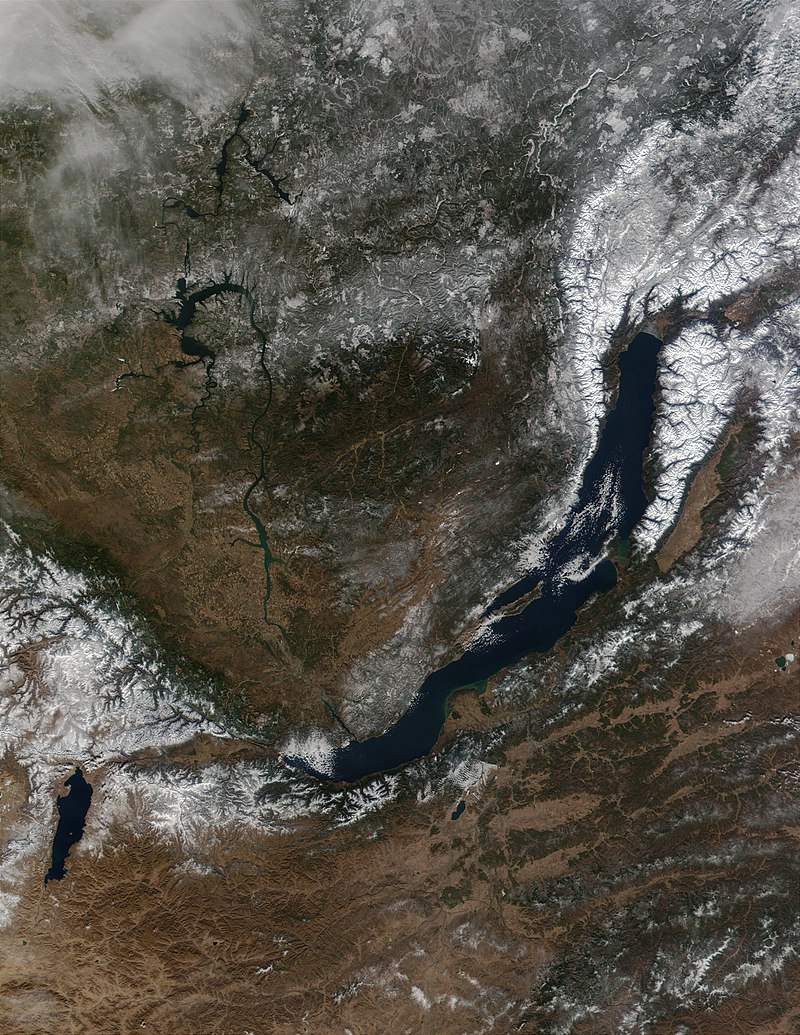
Located in Siberia, Lake Baikal is the world’s deepest freshwater lake and holds about 20% of the world’s unfrozen freshwater, covering an area of 31,494 square kilometers. It is famous for its clear, cold water and remarkable biodiversity, including the Baikal seal, the world’s only freshwater seal. Lake Baikal’s ecosystem has evolved in isolation, resulting in many unique species. It’s a UNESCO World Heritage Site, drawing visitors worldwide to its scenic shores and crystal waters, although it faces environmental challenges from pollution and climate change.
8. Great Bear Lake – 31,153 sq km
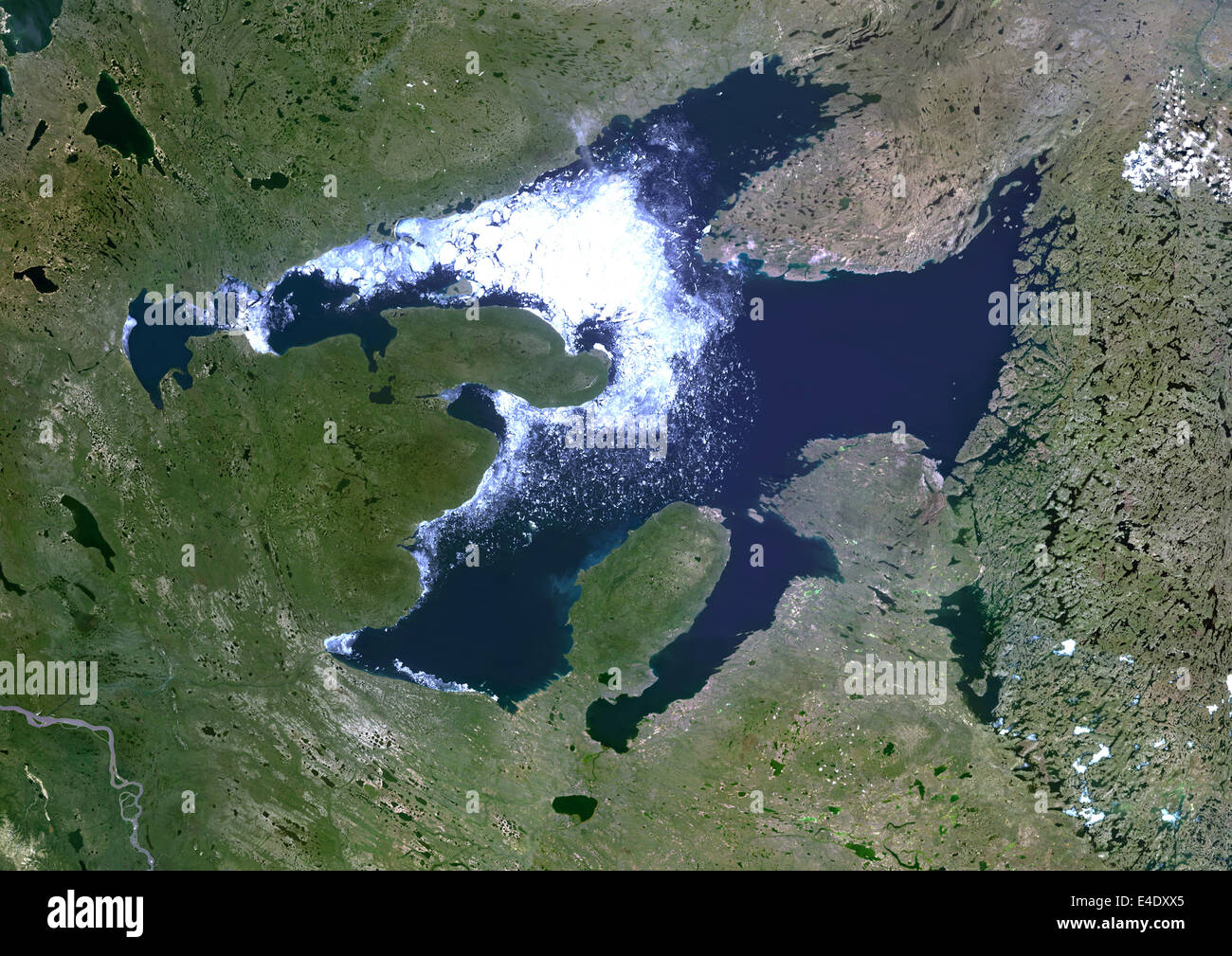
Great Bear Lake, located in Canada’s Northwest Territories, is the fourth-largest lake in North America, covering 31,153 square kilometers. Known for its pristine wilderness, the lake is situated within the Arctic Circle and remains frozen for much of the year. It is home to cold-water fish species, including lake trout, and is an essential resource for Indigenous communities in the region. Due to its remote location, Great Bear Lake has maintained relatively low human impact, preserving its pristine ecosystem.
9. Lake Malawi – 29,600 sq km
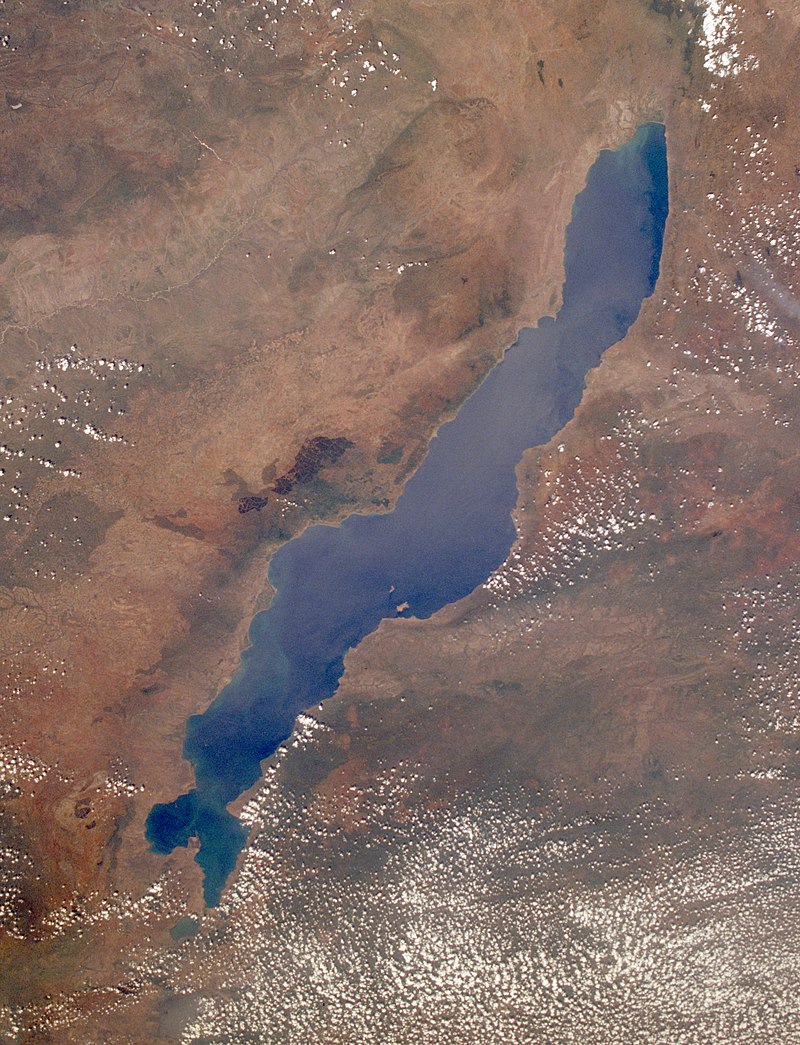
Lake Malawi, also known as Lake Nyasa, spans 29,600 square kilometers and is located between Malawi, Mozambique, and Tanzania. It is home to more fish species than any other lake on Earth, particularly cichlids, which are popular in the aquarium trade. The lake supports millions of people who rely on it for fishing and fresh water. The surrounding region is also rich in biodiversity and has been designated a UNESCO World Heritage Site, though it faces threats from overfishing and climate change.
10. Great Slave Lake – 27,200 sq km
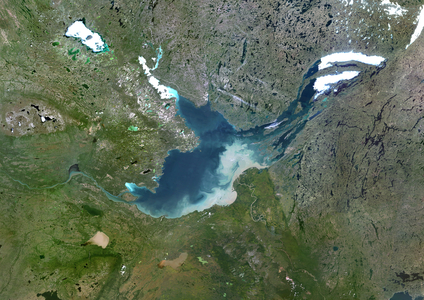
Great Slave Lake, located in Canada’s Northwest Territories, is the deepest lake in North America, covering 27,200 square kilometers. Named after the Slavey Indigenous people, it has an average depth of 41 meters but plunges to depths of over 600 meters in some areas. The lake freezes over during winter, providing a starkly beautiful landscape. Great Slave Lake is integral to the region’s Indigenous culture and sustains cold-water fish species like trout and pike, attracting anglers and adventurers seeking a remote, pristine wilderness experience.




